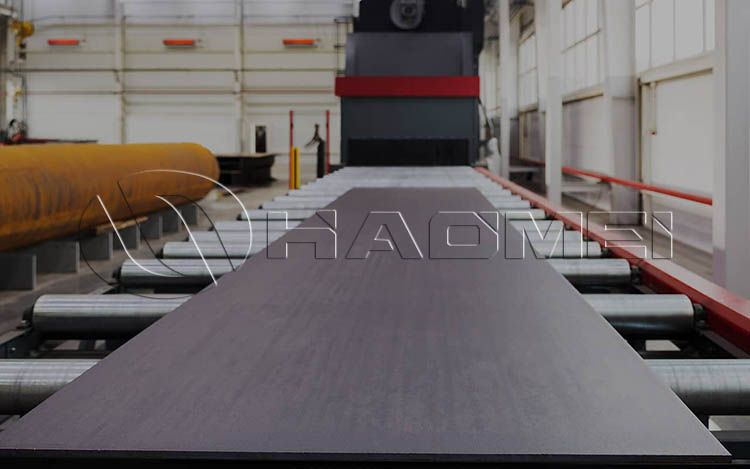
Address: No.14 Waihuan Road, CBD, Zhengzhou, China
Tel: +86-15978414719
Fax: +86-371-65621393
Mail: sale@alumhm.com
Time:2025-04-18
As a "jack of all trades" in the field of aviation materials, the core advantage of 6 series aluminum alloy (Al-Mg-Si series) comes from the synergistic effect of magnesium (Mg) and silicon (Si). These two elements form a Mg₂Si strengthening phase in the aluminum matrix, and achieve a perfect balance of strength and toughness through heat treatment processes (such as T6 treatment).
For example, the tensile strength of 6061 T6 aluminum sheet can reach 275MPa and the yield strength is 245MPa, while maintaining good welding performance and corrosion resistance, making it an ideal choice for aviation structural parts.

As the most commonly used grade in the 6 series, 6061 is widely used in aircraft wing stringers, fuselage frames and other parts due to its medium strength, excellent weldability and corrosion resistance. For example, the fuselage frame of the domestic C919 large aircraft adopts 6 series aluminum profiles, whose strength and corrosion resistance meet the strict airworthiness standards, and help the mass production of domestic large aircraft. In addition, the 6061-T651 aluminum sheets are also used to manufacture aircraft seat rails and cargo floor, ensuring the dual requirements of lightweight and reliability.
The silicon content of 6082 is slightly higher than that of 6061. After T6 treatment, the tensile strength can reach 310MPa. It is often used in high-stress parts such as wing beams and landing gear doors. Haomei Aluminum’s 6082-T6 aviation aluminum sheet
can still maintain stable mechanical properties in high-speed airflow environments.
6A02 is the only grade in the 6 series that is classified as a high-strength forged aluminum alloy. Its tensile strength exceeds 300MPa and has excellent hot working properties. In the field of aviation engines, 6A02 is used to manufacture complex forgings such as compressor discs and turbine blades. Its high-temperature stability and fatigue resistance are significantly better than traditional steels.
Series | Typical grades | Core Advantages | Application | Limitation |
6xxx aluminum | 6061 | Lightweight, weldability, corrosion resistance | Fuselage frame, interior parts, piping system | Strength is lower than 7 Series |
2xxx aluminum | 2024 | High strength, high toughness | Wing skin, landing gear struts | Poor corrosion resistance, need coating treatment |
7xxx aluminum | 7075 | Ultra-high strength (tensile strength 570MPa) | Wing beams, fuselage reinforcements | Difficult processing and high cost |
Comparative analysis:
Lightweight: The density of 6xxx aluminum is about 2.7g/cm³, which is 5% lighter than 7 series and 70% lighter than steel, significantly reducing the overall weight of the aircraft.
Processing cost: 6 series extrusion molding is easy, and the production cost is 30% lower than 7 series, which is suitable for large-scale production.
Corrosion resistance: 6 series naturally has the ability to resist intergranular corrosion, does not require additional coating treatment, and has lower maintenance costs.
Boeing 777: The fuselage frame uses 6061-T6 extruded profiles, which reduces weight by 15% while improving fatigue life.
Airbus A350: The cargo compartment partitions and ventilation ducts use 6082-T6, and the corrosion resistance meets the requirements of high humidity environments.
Domestic C919: The fuselage wall panels and wing ribs use a large amount of 6 series aluminum-lithium alloy, which reduces weight by 8% compared to traditional aluminum alloys.